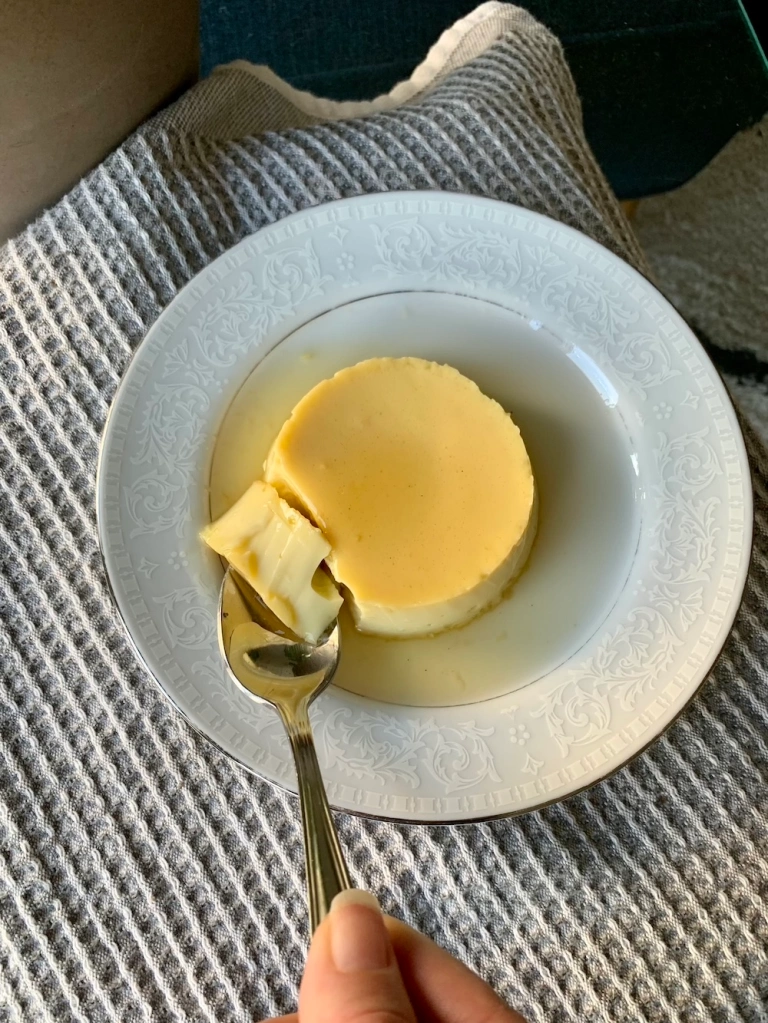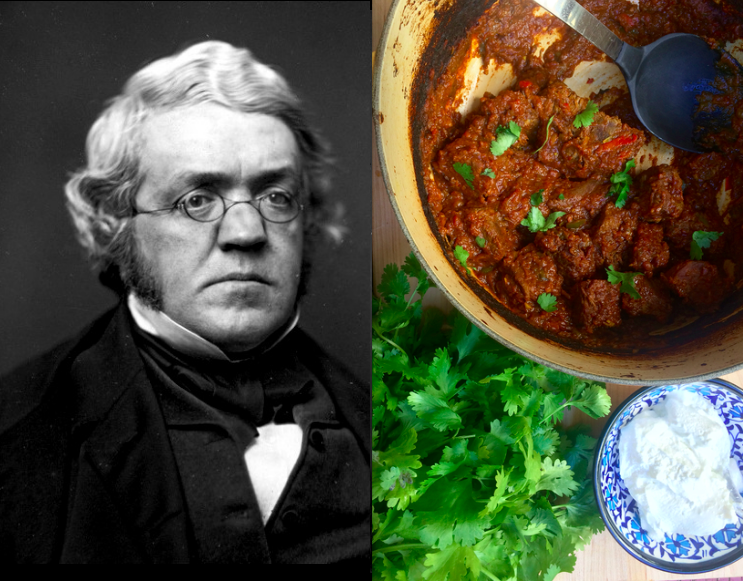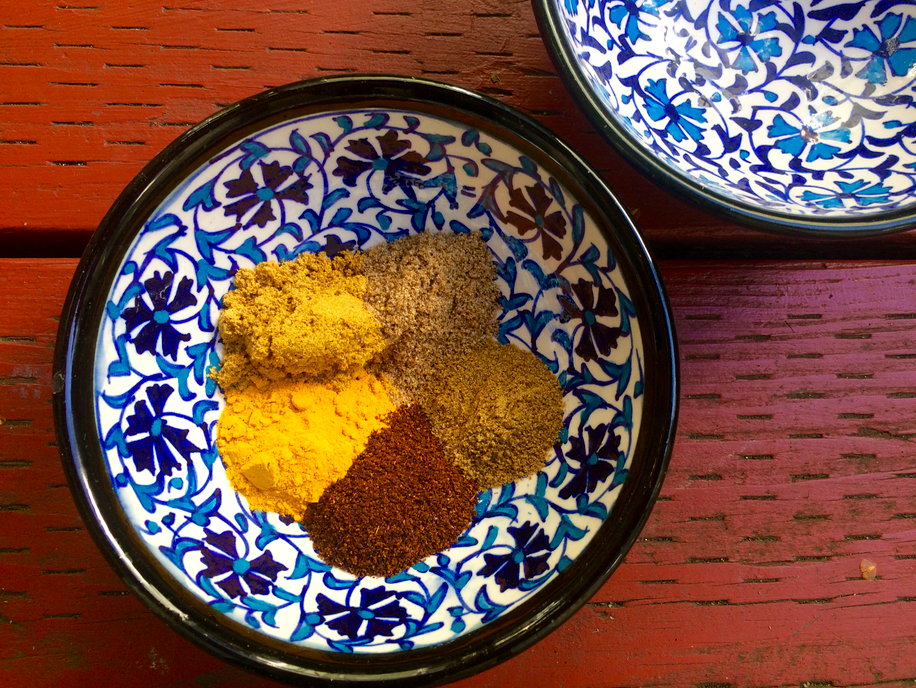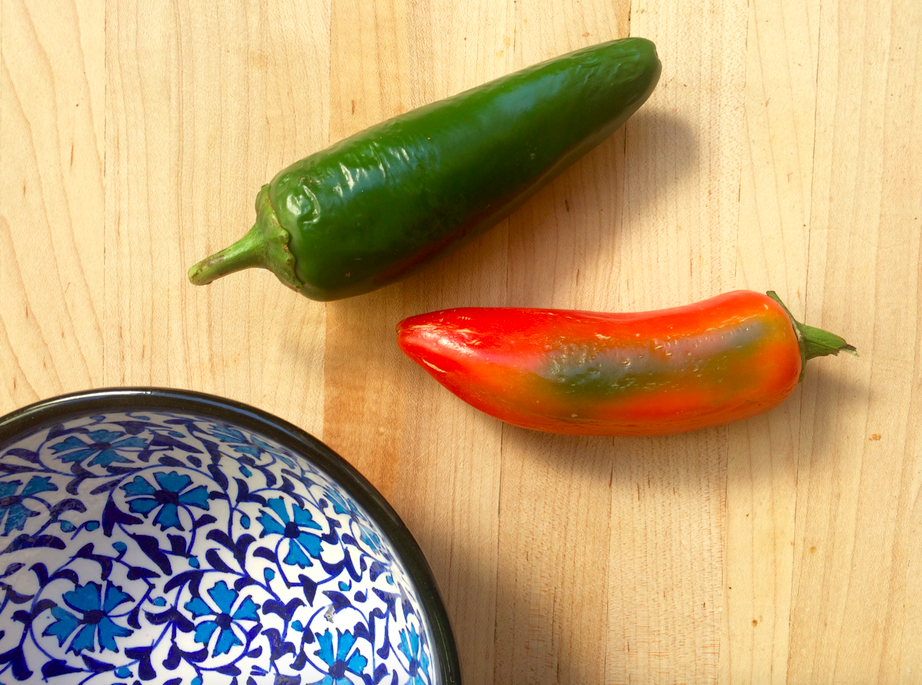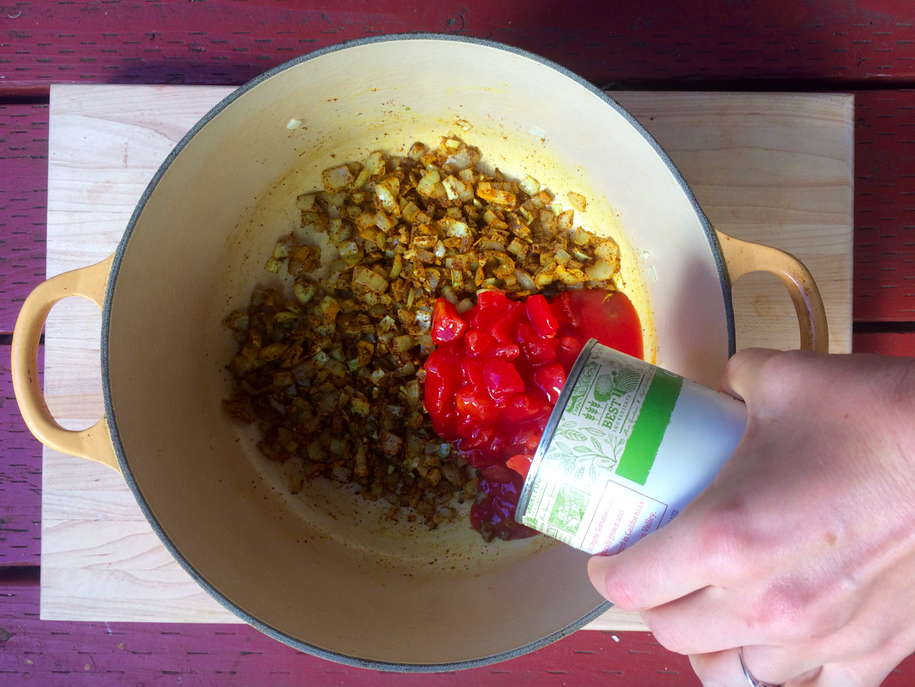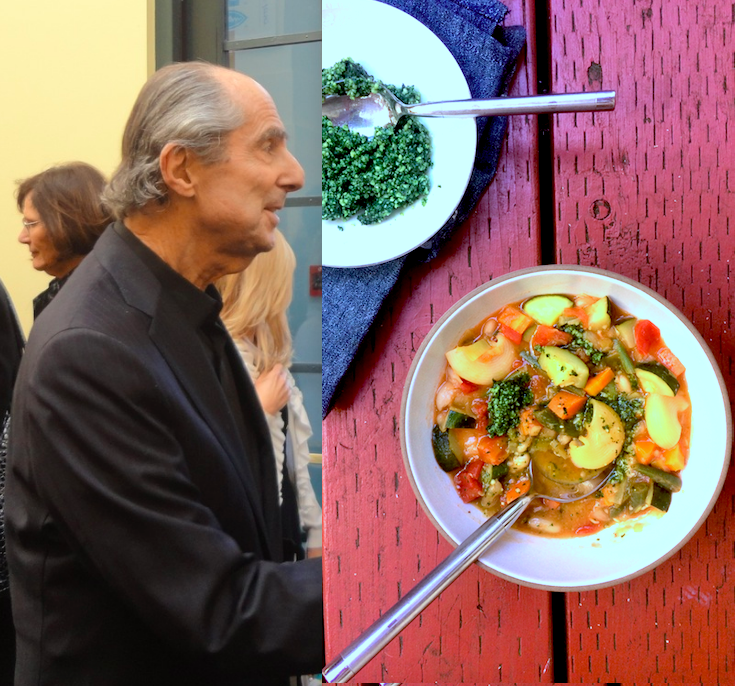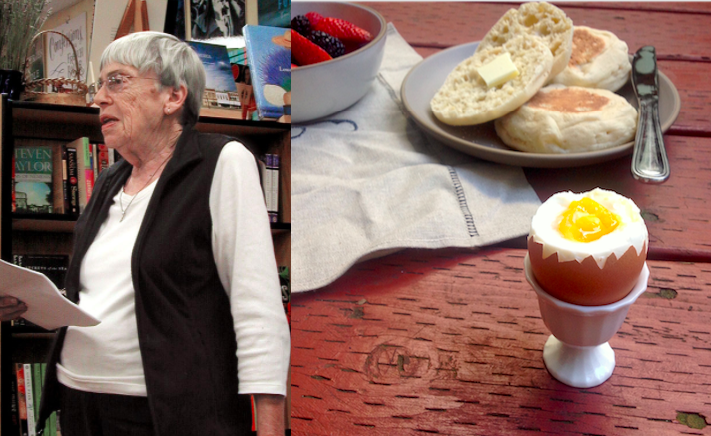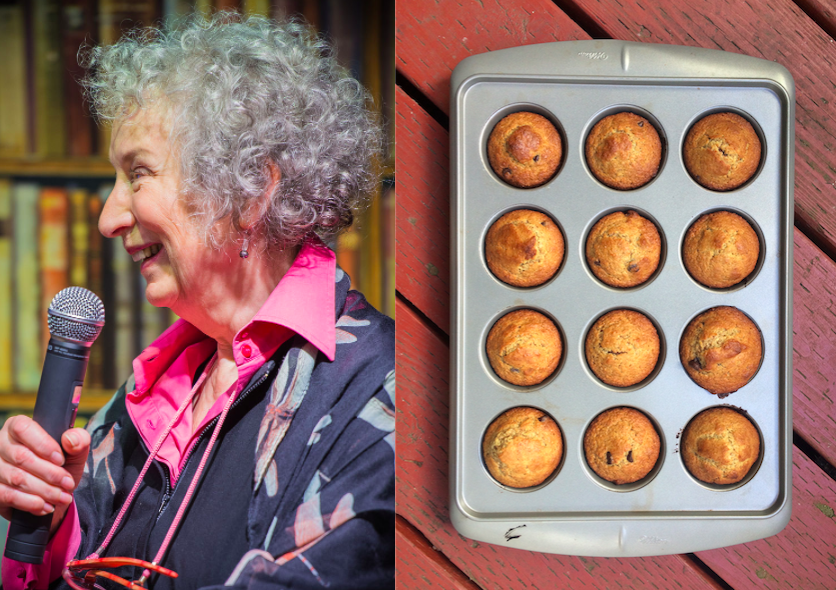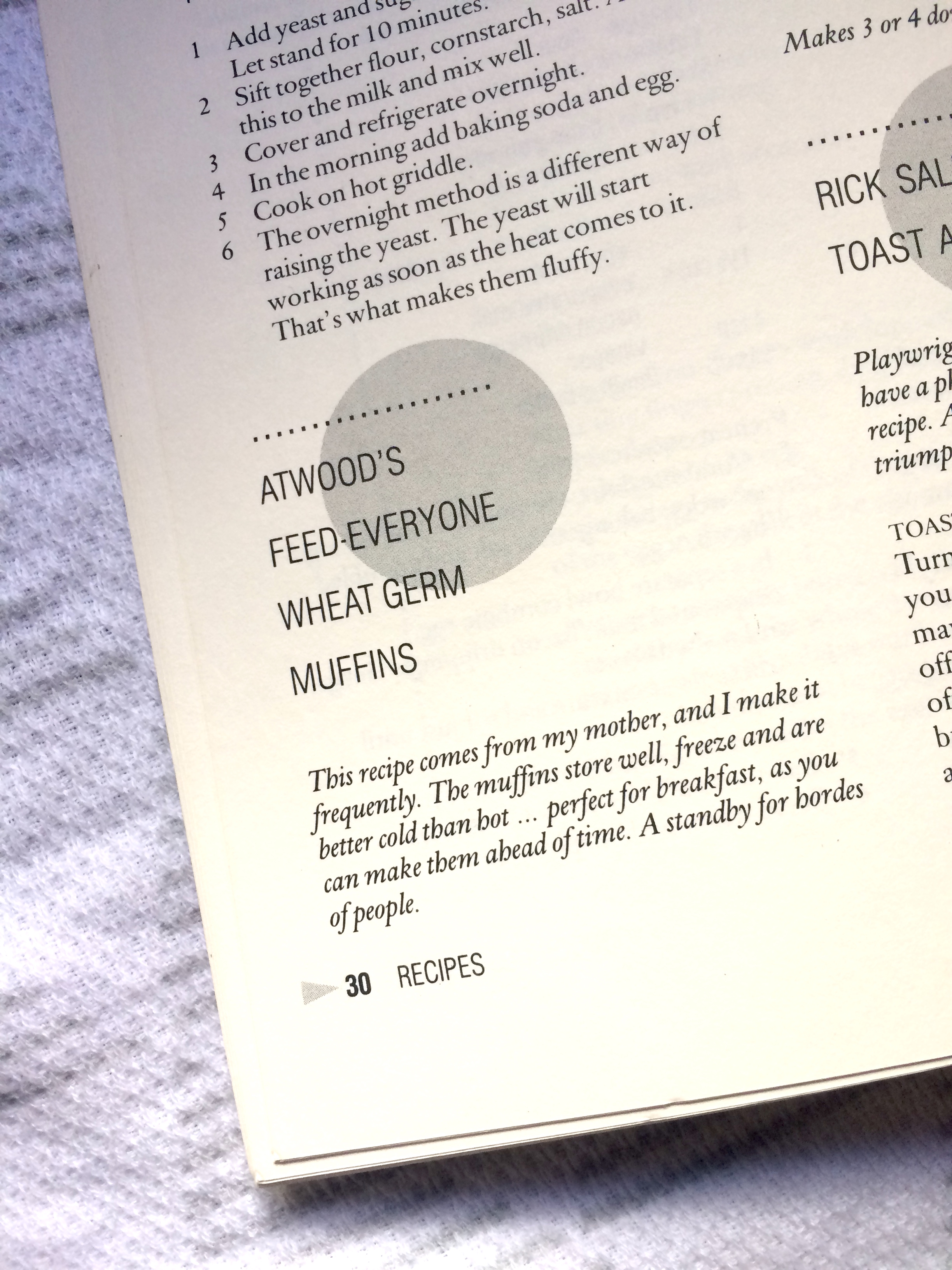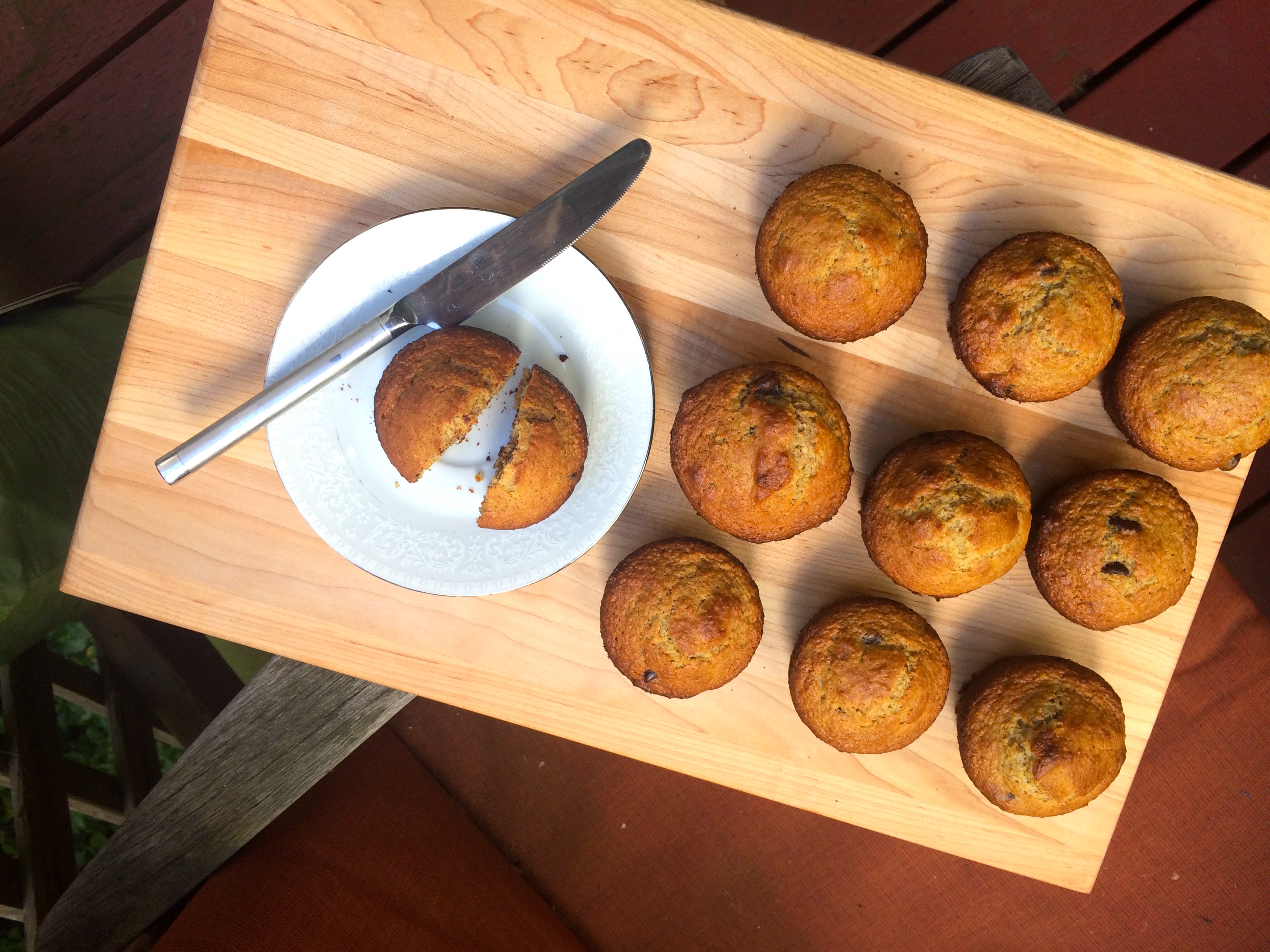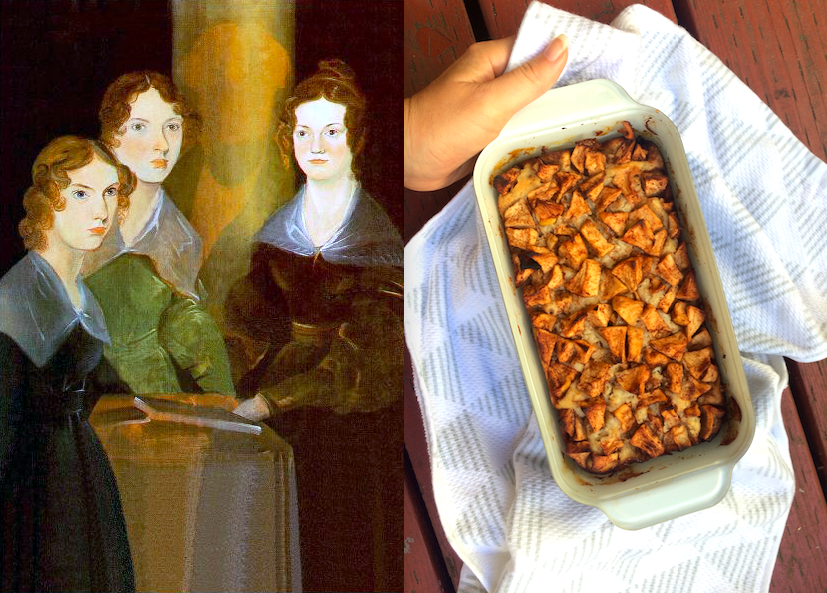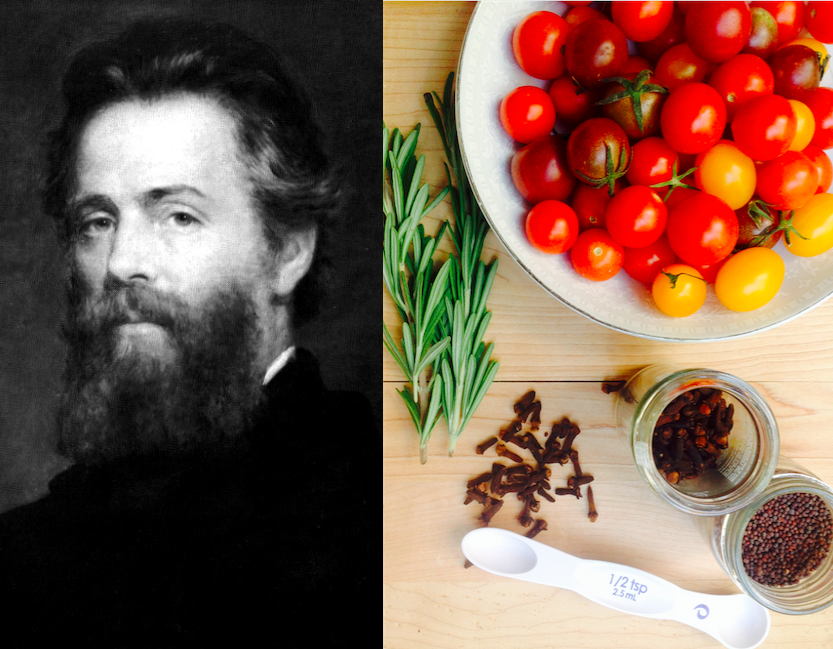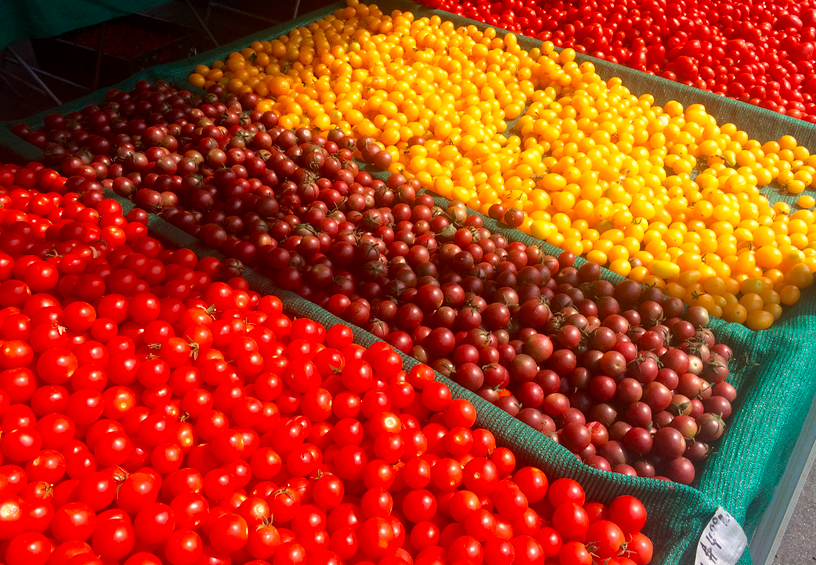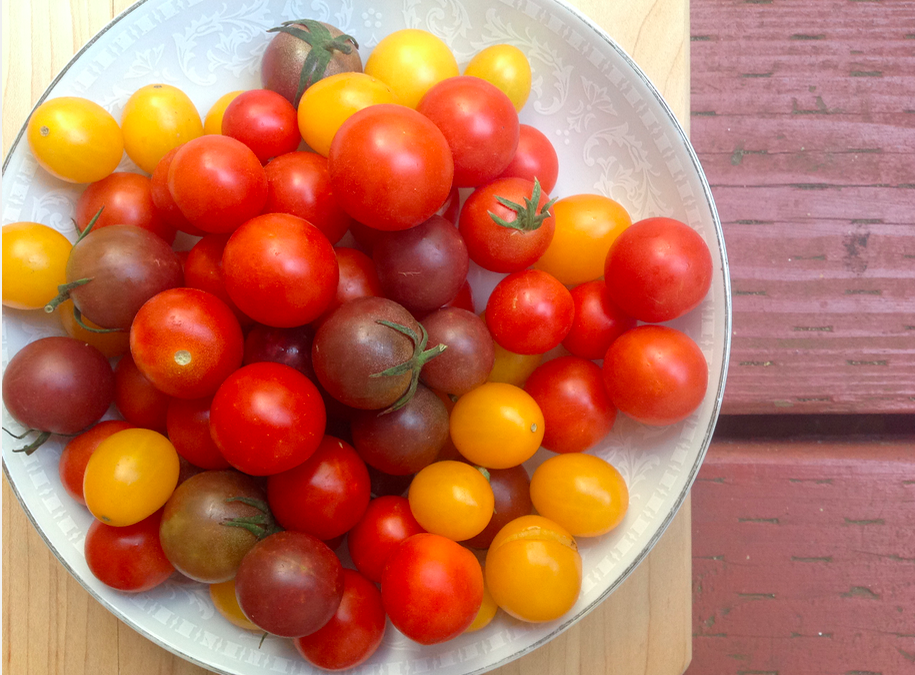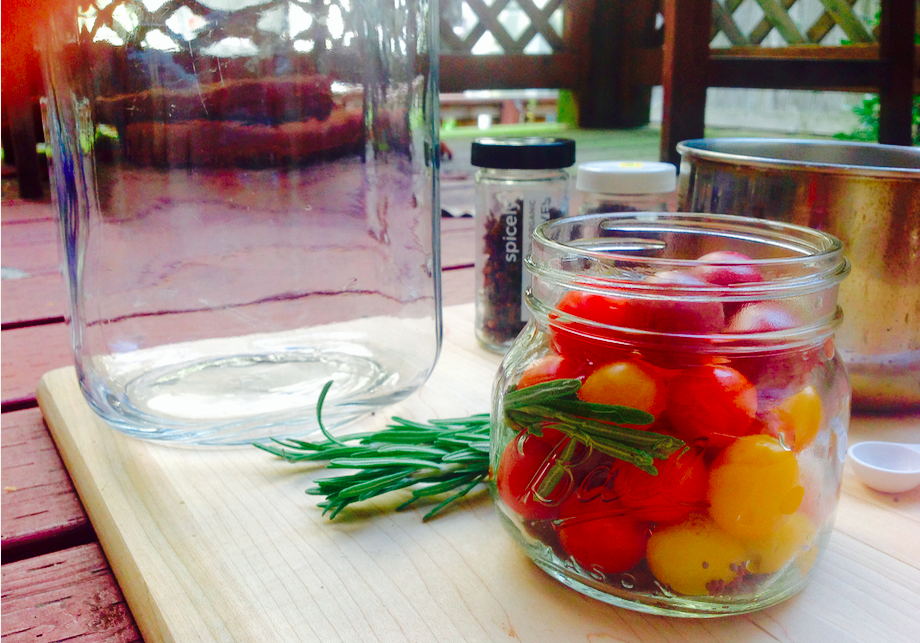
When Toni Morrison died in 2019, she did not leave her signature recipe for carrot cake behind. “We’re not getting it,” said Timothy Greenfield-Sanders, filmmaker and director of Toni Morrison: The Pieces I Am, a documentary released shortly before her passing. It’s a hard pill to swallow given that Morrison was a fabulous cook by all accounts, including her own. “I’ll come to your house and make you the best carrot cake you’ve ever had,” she told historian Paula Giddings, who helped transcribe parts of Morrison’s first novels.
Although Morrison’s writing is filled with food descriptions and food-related metaphors—”chicken legs and ham sandwiches and oranges and a whole box of chocolate-covered grahams,” “biscuits [like] flaky ovals of innocence,” something in Song of Solomon called “sunshine cake“—her own recipes seemed destined to remain inaccessible, kept out of the public eye. But while that cake recipe hasn’t yet come to light, one of her recipes has been widely published, in a book many fans have never heard of: Peeny Butter Fudge.
If you know Morrison primarily for her prize-winning, unrelenting novels, you might have just done a double-take. Besides her best-known works, Morrison also wrote children’s books with her son Slade; Peeny Butter Fudge is a picture book, in which a family matriarch spends the day with her grandchildren teaching them a tightly guarded family recipe. “Don’t ever forget how it’s done, for you will have to pass it on,” she urges. (Unlike the carrot cake recipe, though, her recipe for fudge is divulged in the back of the book.)
Morrison’s wrote six books with Slade before their collaboration was cut short; he died from pancreatic cancer in 2010, at the age of 45. Morrison dedicated her next novel, Home, to his memory. But reading Peeny Butter Fudge recalls the way many of us honor our loved ones: through food. When we cook our partner’s favorite birthday dinner, or pull out our grandmother’s creased recipe card, we pay them tribute. And when Morrison won the Nobel Prize in Literature in 1993, fellow author Maya Angelou marked the event by cooking dinner in her honor (on the menu: beef, crowder peas, okra).
Morrison describes this feeling herself, in a 1973 essay describing “a day-long-fish-and-cookout … in honor of the eldest member of the Alabama wing of the family.” The hours of prep work and the intra-family squabbles faded as the meal began, as the family gathered to celebrate a life: “He brought us together. … We were all there. All of us, bound by something we could not name. Cooking, honey, cooking under the stars.”
Continue reading “Toni Morrison: Peanut Butter Fudge”









